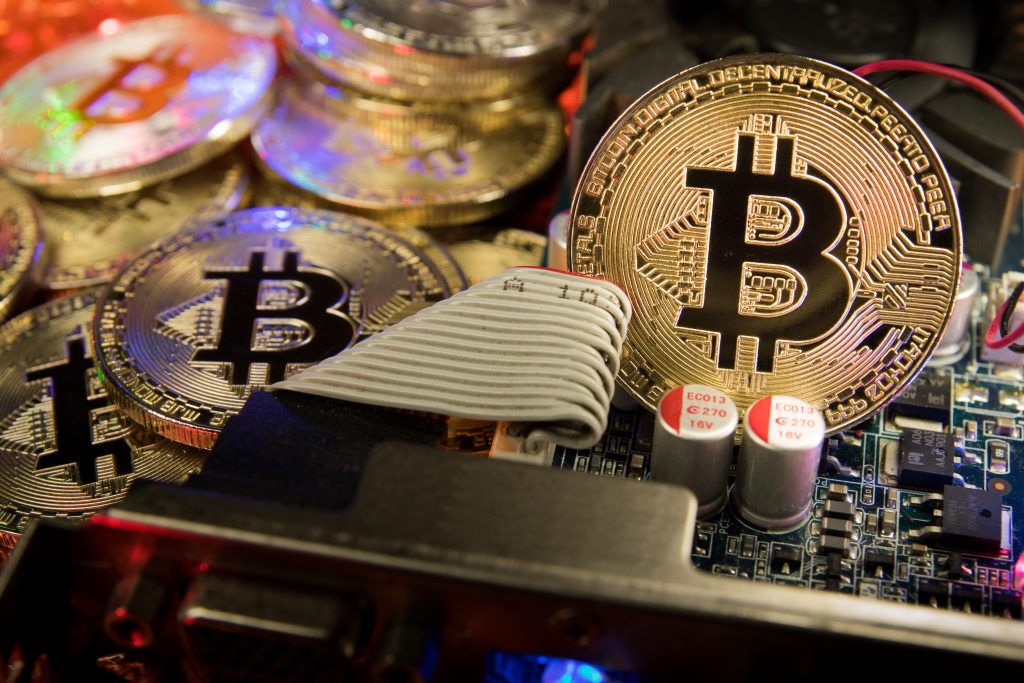
Crypto market cycles: Sounds like a topic only reserved for the nerdiest of traders, right? Maybe so. But crypto market cycles are surprisingly intuitive once you understand them. They help crypto traders to optimize their trading strategies and power their investment decisions based on what’s most likely to happen next in the markets. This type of intelligence is making a name for itself in the trading world.
Market cycles affect trading strategies in many ways. The most notable way market cycles affect traders is by determining how much time and effort you should put into research before pulling the trigger on an investment. This applies to more than just your initial investment decisions; it also tells you when it’s wise to sell a coin for a profit or cut your losses if things aren’t looking good.
Concepts like the crypto and Bitcoin market cycles are crucial for you to understand as a trader, and you’ll want to be aware of this before going any further with your trading decisions. Mastering their application can help you improve your investment strategy and put you leagues ahead of the competition. This article lists down the basics of crypto market cycles and how they help improve your investment strategy.
Understanding Market Cycles
The first thing you’ll need is an understanding of market cycles. Market cycles are predictable changes that occur throughout the cryptocurrency industry. They impact all cryptocurrencies, and every trader experiences them to some degree. Understanding how the changes affect your investment strategy is what’s most important.
Crypto market cycles are related to the economic cycle because human behavior isn’t always predictable. Market cycles represent the fluctuation of a cryptocurrency’s supply and demand, along with the attitudes of the masses towards a particular coin. These changes occur when something big happens to impact the way investors perceive it. A few examples include when a new product or service goes live, a digital currency becomes less profitable over time, or marketing efforts increase which can impact overall market activity and sentiment.
Phases Of Crypto Market Cycle
There are four distinct phases of the cryptocurrency market life cycle. Each phase is characterized by corresponding behavior that affects how you should manage your investments.
- The Accumulation Phase
The accumulation phase is when early investors buy up large quantities of a coin, driving the price slowly upward. Accumulation is driven by supply and demand and is represented by an upward trending price.
The accumulation phase is the time after a coin’s initial launch or after the market recovers from a significant price drop. Early investors start to pick up their initial investments at rock-bottom prices when the coin’s value bottoms out.
For a trader, this is where you want to pay attention and carefully scout out the best entry point for your investment. As an investor, it’s a time of patience as long-term value is still being built, and there’s no guarantee this upward trend will last forever.
- The Mark-Up Phase
During the mark-up phase, there’s a strong belief within the market that the coin will perform well in the near future. This optimism causes the price to climb even further while interest remains high, which eventually triggers even more demand. More investors start purchasing a particular crypto asset, driving its price up further still. Coin holders can expect to enjoy a healthy ROI during the mark-up phase.
It’s during this phase that you’ll find out which coins are legit and which ones are overhyped, helping you decide on new investment opportunities. The mark-up phase is an exciting time filled with lots of volatility. You can expect rapid price changes, making it difficult to predict future movements. While short-term traders may turn a profit during this time, swing traders won’t see much success until the cycle moves into another phase.
- The Distribution Phase
As the distribution phase progresses, the excitement and media attention wane. Some investors cash out their profits while others wait for the price to stabilize before selling. During this stage, it’s common for a coin’s value to remain relatively stagnant with minor fluctuations.
This phase comes and goes without much ado. It’s not quite the best time for making investments, but it can be an excellent opportunity to cash out some profits if you timed things correctly during the previous stages.
When the distribution phase is over, a coin experiences a major price drop as the market enters the next stage: the downtrend phase. Some external factors usually drive this next phase, cause even more investor pessimism, and lead to panic sell-offs.
- The Downtrend Phase
A steady decline in activity and price characterizes this stage. Even though there’s less demand than in earlier stages, supply continues to grow until investors don’t perceive the coin as having much potential. At this point, it starts to become neglected and fails to attract attention from new investors.
The downtrend phase is the time after the coin’s price has reached its peak. It becomes apparent that the coin’s price will continue to drop, so people start selling their coins at a loss to cut their losses. This phase can last from weeks to months before the cycle repeats itself.
Closing Thoughts
The market cycle has a tremendous impact on the overall behavior of the market. As time goes by, these patterns become more and more visible in retrospect. It’s necessary to understand them so you can manage your investments accordingly.